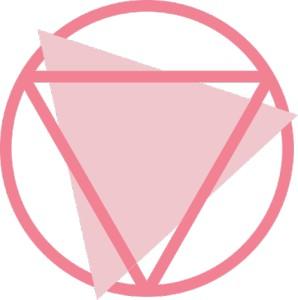Q: My baby is 4 weeks old and covered in what looks like acne. I’ve heard its milk spots. Is this normal and what can I do?
I can remember clear as day when James got milk spots. His poor little face was covered and as usual I panicked. I soon learnt (after I had spent a lot of money of course) that milia or milk spots as they’re more commonly known are not as bad as they appear and over half of babies will actually develop them.
A friend told me that James had them because I was breastfeeding and I was passing hormones to him. Then another friend said it had nothing to do with my milk at all. A third friend chimed in to say that if I topically applied my breastmilk to the milia it would clear them up at which stage I decided to do some research.
After a lot of investigation even the medical profession admit that they don’t know for sure what causes them. The one thing most doctors agree on is that your baby’s body is full of hormones in the first few weeks of their life, which causes their skin glands to block and lead to blemishes. A lot of mums have also noticed that they’re worse in hotter climates and during summer months due to more sweating and the glands getting blocked more easily. “Some dermatologists link it to the fact that young babies have undeveloped skin glands which means dead skin gets trapped in little pockets, causing a small cyst,” says GP Dr Suni Perera.
Milk spots are tiny spots, mostly white, which appear on your baby’s face – usually around the nose, eyes and mouth. These spots are completely harmless and will soon fade all by themselves. James had them for about a week but some can take up to 4-6 weeks to fade. Some babies have a few but others have quite a lot and this can be upsetting visually especially for first time parents. Be assured that they aren’t contagious and are not uncomfortable for your baby. But if the spots become widespread or the skin around them looks inflamed or painful show them to your GP or health nurse to be sure.
Some babies can also develop baby acne at the same time, which is also related to hormonal changes that stimulate oil glands in the skin. Baby acne is more pronounced and can look worse when your baby is fussy or crying. Milia affects boys and girls equally, but baby acne is more common in boys.
TOP 4 TIPS:
1. Most cases of milia disappear on their own within several weeks.
2. In the meantime, wash your baby’s face with warm water two or three times a day and pat it dry.
3. Don’t use lotions, oils or other treatments.
4. Never pinch or scrub milia or baby acne as you may cause them to be irritated, infected or you could scar your little one.



